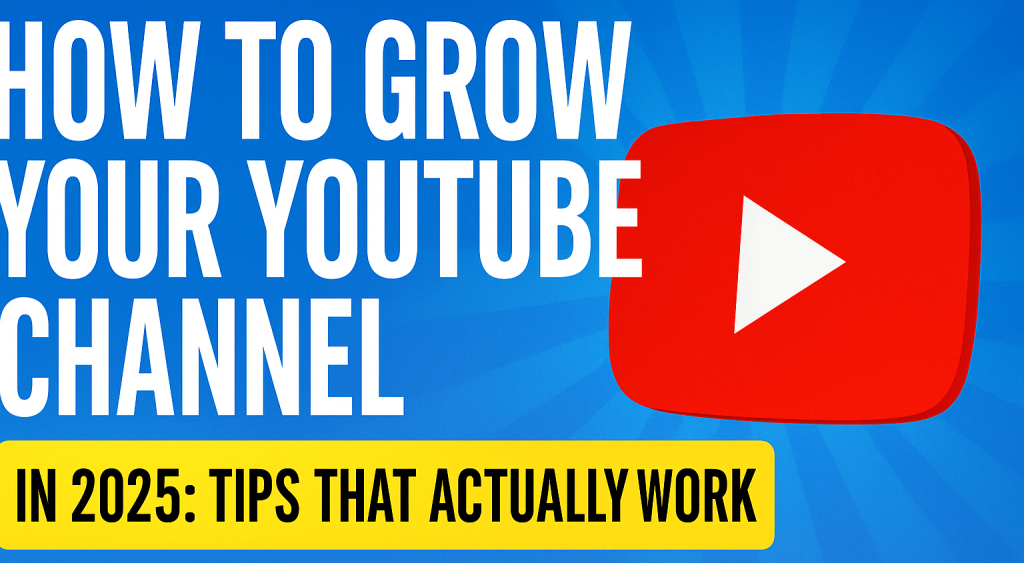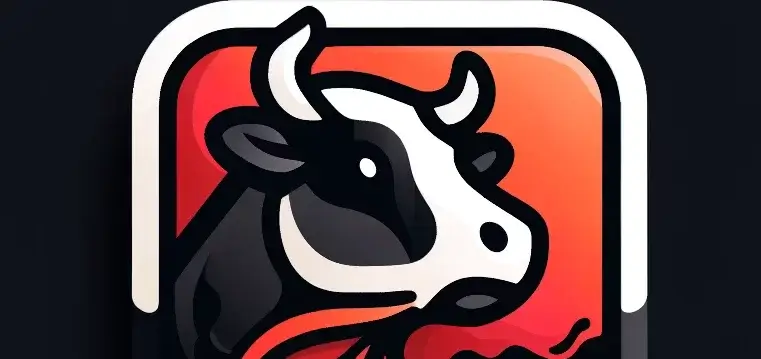If you’re trying to grow your YouTube channel in 2025, the old advice doesn’t cut it anymore. Posting “consistently” and hoping a video goes viral is a gamble. What you need is a system. With the right approach—and the right partner—you can turn your channel from stagnant to scaling. One proven way to grow YouTube channel with ScaleLab is by tapping into tools, data, and support built for modern creators.

Focus on One Topic (And Own It)
Most small channels fail because they talk about too many things. If you’re posting travel vlogs, makeup tutorials, and gaming clips on the same channel, you’re confusing the algorithm—and your audience. Pick a niche. Own it. Make it clear what a viewer will get from your channel.
Ask yourself: Why would someone subscribe to this? Can they explain my channel in one sentence?
Once you’ve found your niche, go deep. Make a playlist of videos that connect. Turn casual viewers into binge-watchers.
Study What Already Works
You don’t need to guess what to make. The answers are in your analytics. Which videos have the best watch time? Which gets the most new subscribers? Why? Break down the structure. Look at the titles, thumbnails, pacing, and intros.
Also, study your competitors. Find channels with similar audiences but more traction. What do their top videos have in common? Don’t copy—learn. Then improve on it with your own style.
Nail Your Hook in the First 15 Seconds
Most viewers leave your video in the first 15 seconds. That’s your make-or-break moment. You have to grab attention fast. Ditch the long intros. Start with tension, a question, or a bold statement. Make viewers curious, confused, or surprised—but never bored.
Try this format:
-
Quick setup
-
Immediate value (what they’ll get)
-
Fast pace with visuals
Cut fluff. Use captions, b-roll, and zooms to keep the energy up.
Make Thumbnails and Titles First
Before you hit record, write your title. Design your thumbnail. These aren’t decorations—they’re the ad for your video. If people don’t click, it doesn’t matter how good the content is.
Good thumbnails are clear, bold, and emotional. Use close-up faces. Big expressions. Contrast. Text should be minimal and readable on mobile.
Good titles make a promise. They tease, they hint, they hook. They don’t give away the whole video—they make you want to find out.
Watch Time > Everything
The algorithm doesn’t care about views. It cares about watch time and session duration. In other words: How long do you keep people on YouTube?
Longer videos can work—if they’re structured well. Break them into sections. Keep the pace moving. Reward attention with value. Avoid long rants or slow builds. Every part of your video should give a reason to keep watching.
A strong close also matters. Don’t just say, “Thanks for watching.” End with a punchline, a takeaway, or a reason to click another video.
Post Less, But Make Each Video Count
You don’t need to post three times a week. One great video can outperform ten average ones. Quality beats quantity.
Each video should:
-
Target a clear audience
-
Be built around a strong idea
-
Have a compelling title and thumbnail
-
Keep people watching
It’s better to spend more time planning, scripting, and editing than pumping out content with no strategy.
Learn the Growth Stages
From 0 to 1,000 subscribers, focus on improving your craft and hitting search terms. Tutorials, how-tos, and trending topics help get traction.
From 1,000 to 10,000, aim for click-through rate and watch time. Collaborate. Push playlists. Build a community in your comments.
From 10,000 to 100,000+, lean into storytelling and unique content. Your personality becomes more important. Invest in editing. Test higher-concept ideas.
Avoid These Common Mistakes
1. Chasing trends without purpose: If you’re hopping on every trend, you might get views, but no long-term audience. Trends are tools, not strategy.
2. Ignoring your audience: Read comments. Ask for feedback. Use polls. Know who you’re talking to.
3. No clear call-to-action: Don’t assume viewers will subscribe. Ask them. Show them what they’ll get by joining your channel.
4. Poor audio and lighting: Bad sound kills videos fast. Get a mic. Use natural light or a simple ring light. Basic quality goes a long way.
5. Not studying analytics: Your dashboard tells you everything: where people drop off, what they click, and what keeps them watching. Learn to read it like a roadmap.
Final Thoughts
Growing a channel today means more than just uploading videos. It means thinking like a strategist, not just a creator. You need to understand your niche, optimize every video, and build a connection with your audience.
You don’t have to do it alone. Platforms like ScaleLab exist to help creators like you succeed with data-driven insights, brand deals, and content support. If you’re serious about scaling, it’s one of the best ways to grow your YouTube channel with ScaleLab by your side.
The game has changed—but the opportunity is bigger than ever. Now it’s up to you to play it smart. Ready to grow?
